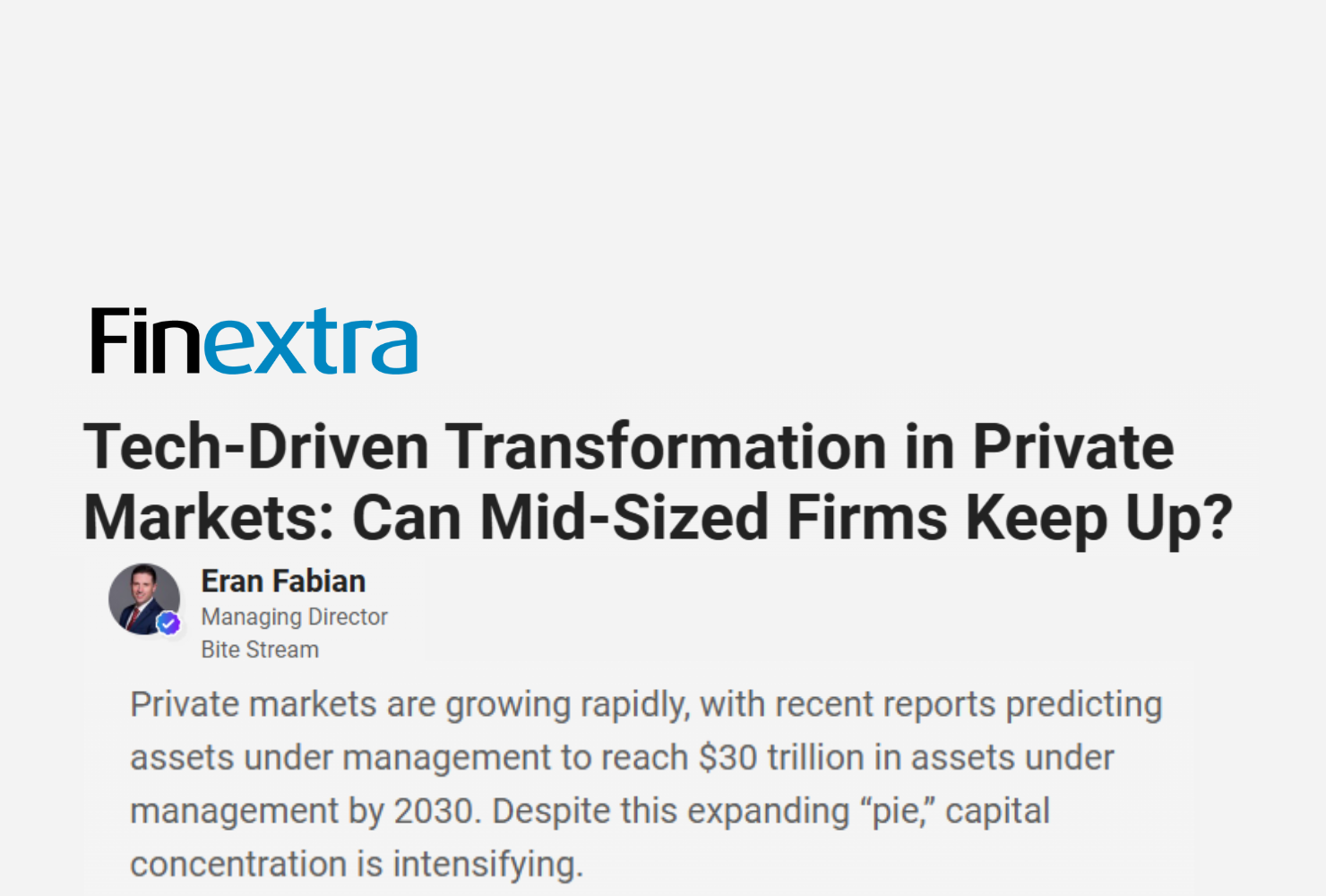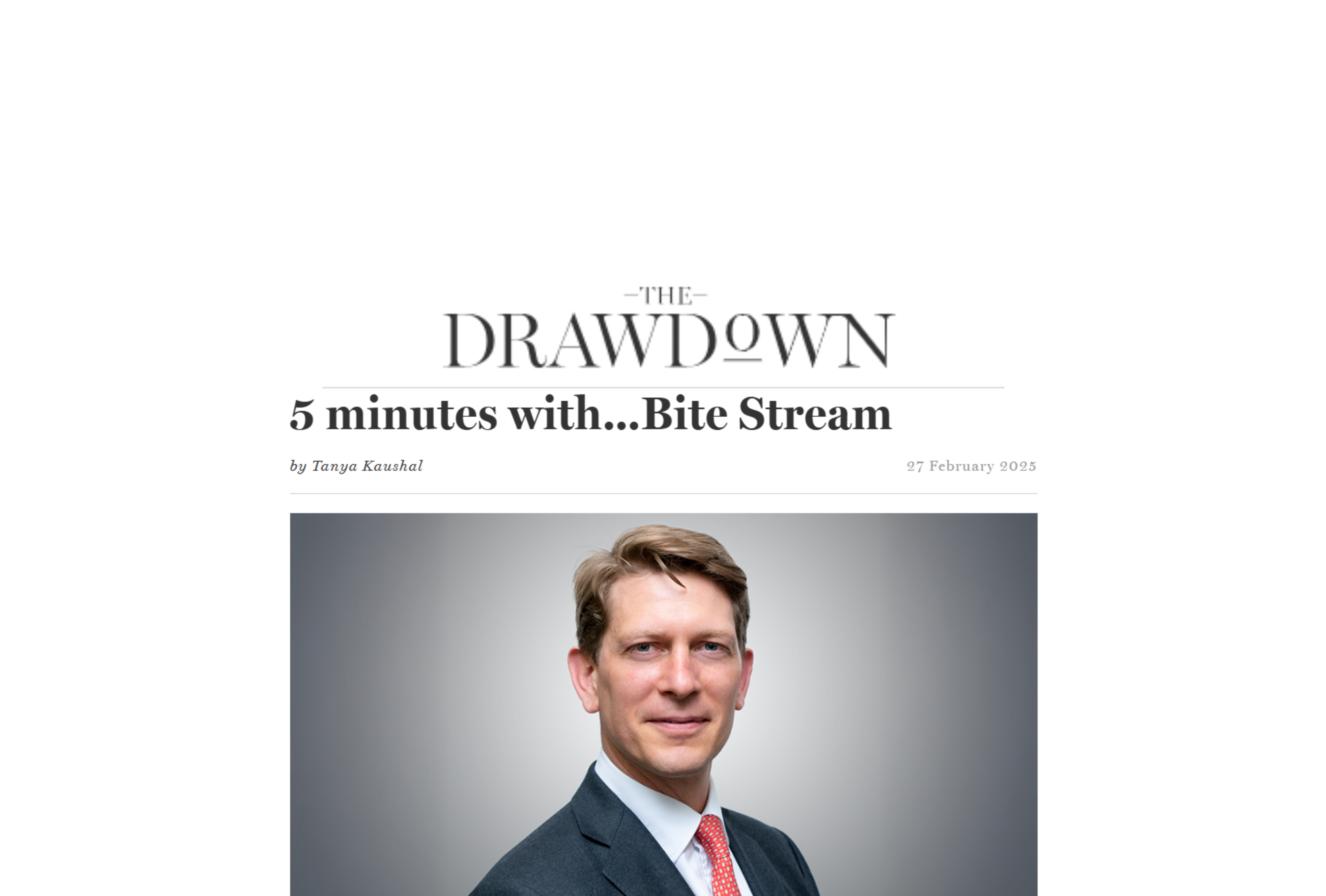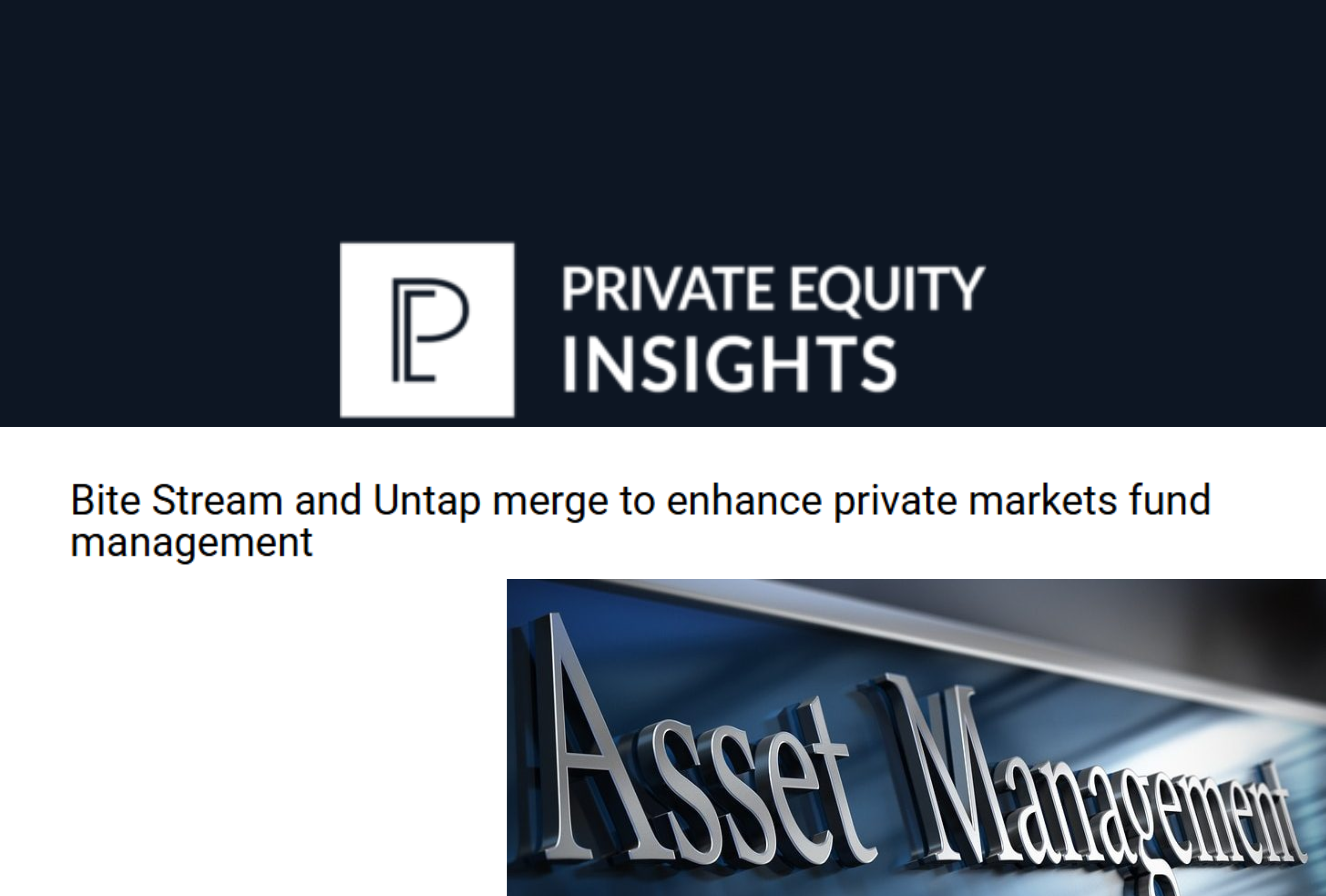Bite Investments is featured in Citywire Selector following an interview with Anna Barath, Head of Fund Investments, discussing interval funds and why the fund structure can help fund managers address the needs of individual investors and unleash the potential of private markets investing.
Anna Barath of Bite Investments, discusses why she thinks this type of product could pave the way for a boom in retail access to alternative investments.
Private markets hold trillions of dollars of untapped capital so fund managers are increasing their efforts to open up opportunities to retail investors.
But are the right products in place for individual investors, who have very different needs from their institutional counterparts?
Anna Barath, head of fund investments at Bite Investments, spoke to Citywire Selector about why she thinks interval funds could be the key to unlocking access to retail wealth.
Citywire Selector: You wrote a paper recently where you said interval funds will become increasingly used in private markets. Why do you think that?
Anna Barath: When I was starting out in finance, I remember Larry Fink talking about ETFs and how they were going to be a huge thing. BlackRock was coming up with iShares ETFs at the time.
Given the size of addressable capital from non-institutional investors – $70tn to $170tn of capital to be accessed – I feel interval funds could do for private markets what ETFs have done for public markets. They really have the potential to ease access into private markets for a much larger number of investors.
What are the challenges retail investors face when accessing private markets?
Timeline is the easiest issue to understand. When it comes to institutions, they can exist in perpetuity and plan for decades. Most individuals find it extremely difficult to do this. You have factors like the three Ds – divorce, debt and death, for example. All this has implications for how individual investors deal with their private investments.
Individual investors tend to want to establish their positions right away, be drawn 100% on day one and not have to deal with capital calls. They like to be able to shift in and out of positions with relative ease. They also prefer limited blind pool risk [ie not knowing the eventual contents of their investment] and want to see what positions they’re invested in.
What is an interval fund and why might it solve these issues?
An interval fund is an umbrella term to denote a fund that has specific subscription and redemption features at specific intervals.
This can be monthly, quarterly, semi-annually or whatever the manager sets. The benefit is this provides solutions to all of the issues I’ve just mentioned.
As an investor you know exactly what you’re investing in, you’re drawn 100% on day one and you have a view of when and how you can exit that structure, even if it takes several years. Typically, it will not take more than five years.
They can be open-ended and closed-ended funds, but what they all have in common is this feature where you have specified intervals for redemptions and subscriptions.
What challenges do interval funds face?
Sometimes an issue can be who these funds can be marketed to. This comes down to what a manager can put in a fund and, for an investor, which structures you can access. This is where definitions, such as who is a qualified investor, come in. That varies across geographies.
Are the different cross-border regulations in Europe an issue for retail access to private markets? Will the new regulations around Eltifs help?
In addition to the changes to the Eltif regulation, a feature often mentioned in conversations with wealth managers is the combination of the UCI Part II and Eltif [European long-term investment funds] structures, which now allow managers to both benefit from EU passporting rights under UCI part II funds (assuming one is already an alternative investment fund manager), as well as the increased flexibility of the Eltif structures.
Effectively one jurisdiction, like Luxembourg, can set up a fund and use the passporting rights to access the entire European market.
I was under the impression that interval funds were more popular in the US than Europe? Have they been around for longer there?
That impression probably comes from how many investors are currently accessing US structures versus European structures. But the regulatory framework to create interval funds in Europe has been in existence since the early 2010s or so.
It’s now being expanded and upgraded to suit the retail investor base even better. This is to do with the growth of private markets and the increasing push from non-institutional investors into private markets.
As managers see this massive amount of demand for this type of product, they’re all of a sudden looking to set up these structures. It all has to do with that demand supply dynamic.
Source: Citywire Selector




